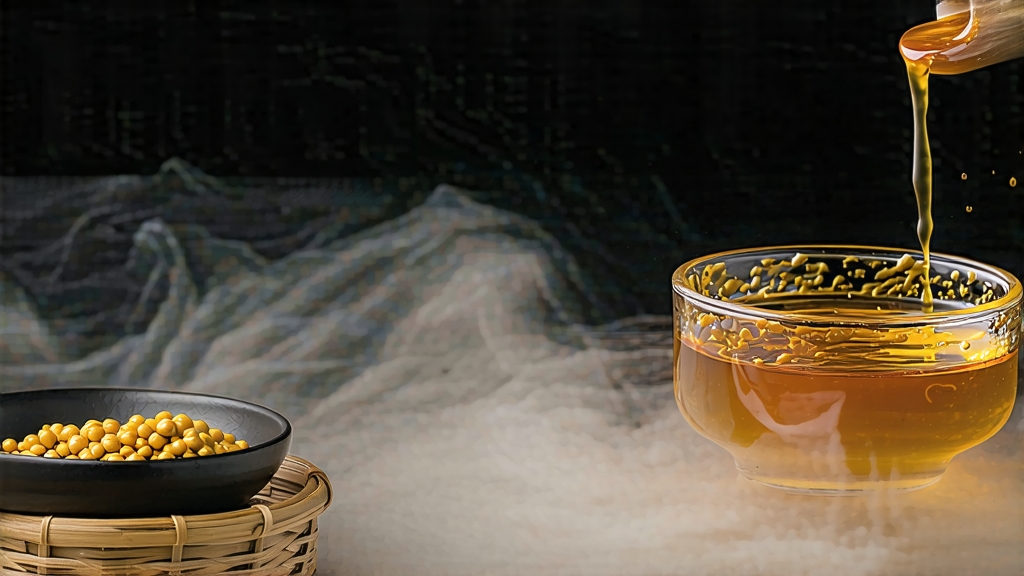
Tucked high in the mist-veiled Dabie Mountains of western Anhui Province, a tea once reserved for emperors still quietly survives. Huoshan Huangya—literally “Yellow Buds of Huoshan”—is the least-known member of China’s six great tea families, yet its gentle golden colour, orchid-like aroma and honeyed finish carry the full weight of thirteen centuries of courtly ritual. To understand this tea is to glimpse a vanished China where colour, scent and protocol were as important as taste.
A Brief, Almost-Secret History
The first written record appears in 780 CE when Lu Yu, the “Sage of Tea,” listed Huoshan among the fourteen superior counties in his Classic of Tea. During the Ming dynasty (1368-1644) the buds were compressed into cakes, steamed, drilled and strung like coins, then dispatched along the Yangtze to Nanjing. When the Kangxi Emperor tasted the loose-leaf version in 1702 he declared it “imperial yellow,” a colour reserved solely for the throne; from that moment until the fall of the Qing in 1911 every kilogram was locked in lacquered chests and escorted to Beijing under military guard. Revolution, war and the rise of green-tea exports nearly erased the craft; by 1972 only two ageing masters still knew the full procedure. A state-sponsored restoration in 1978 rescued the variety, yet even today fewer than 300 households produce the genuine article.
Micro-Terroir: Why Huoshan Tastes like Mountain Mist
Huoshan county lies at 31° N, 800–1,200 m above sea level. The Dabie range traps humid air from the Yangtze floodplain, creating 78 % average humidity and 1,800 mm of annual rainfall. The soil is a yellow-brown laterite rich in kaolin and quartz; its slight acidity (pH 5.2) forces the tea bush to slow growth, concentrating amino acids. Night temperatures drop 10 °C below daytime levels, encouraging the shrubs to store the floral geraniol and linalool that later emerge in the cup. Only two cultivars are authorised: the local “Huoshan early bud” (seed-propagated for 800 years) and a cloned selection dubbed “Jin ji zhong” whose leaves turn translucent when perfectly withered.
The Craft: Menhuang, the “Yellowing” that is Not Oxidation
Western texts often mislabel yellow tea as “lightly oxidised.” In reality the colour change is achieved through a unique step called menhuang—literally “sealed yellowing.” The process sits between green tea killing-green and white tea withering, yet resembles neither.
- Picking: a strict “three no’s”—no buds longer than 2.5 cm, no open leaves, no rain-wet shoots. Plucking occurs between Qingming and Grain Rain when the bud still wears its winter down.
- Sha Qing (Kill-Green): 160 °C for 4 min in a bamboo-lined wok, hand-tossed 120 times to destroy leaf enzymes while preserving 8 % residual moisture.
- Initial Roll: light pressure for 8 min; the aim is to crack cell walls without breaking the bud tip.
- Pile Yellowing: the buds are stacked 3 cm deep in oak boxes lined with wet linen, then placed in a 28 °C, 75 % RH “yellow room.” For 48 h the leaf slowly suffocates, turning from jade to old gold as chlorophyll degrades into pheophytin and catechins dimerise into theaflavins. Masters compare the aroma at this stage to “cooked pumpkin and freesia.”
- Secondary Roll & Drying: a 10 min re-roll tightens the spiral, followed by three stages of charcoal baking—90 °C, 70 °C, 50 °C—each lasting 40 min. The final moisture is 4 %, yet the leaf remains pliable enough to snap cleanly, revealing a chestnut-coloured cross-section.
Grades & Commercial Forms
- Special Grade (Te Gao): 100 % single buds, picked before Qingming, yield 1 kg per 42,000 shoots. Liquor is the colour of Tokaji.
- Grade One: one bud and one leaf, giving a slightly grassier note.
- Compressed